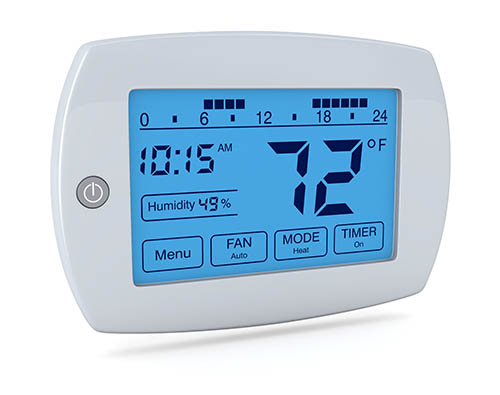What’s Ahead For Mortgage Rates This Week – November 14, 2016
 Last week’s economic news included readings on job openings, consumer sentiment and the Federal Reserve’s monthly survey of senior loan officers. Weekly reports on mortgage rates and new jobless claims were also released. Freddie Mac noted that last week’s primary mortgage market survey did not include post-election readings as the survey information was gathered prior to election results.
Last week’s economic news included readings on job openings, consumer sentiment and the Federal Reserve’s monthly survey of senior loan officers. Weekly reports on mortgage rates and new jobless claims were also released. Freddie Mac noted that last week’s primary mortgage market survey did not include post-election readings as the survey information was gathered prior to election results.
Loan Officers Survey: High Demand for Home Loans, Commercial Lenders Raise Standards
As demand for mortgage financing and homes increase, the Federal Reserve reported last week that banks are tightening the screws on commercial lending requirements. This could present challenges to home builders; they’ve been consistently pressured to build more homes at a faster pace. Less availability of commercial financing may impact home builders and their suppliers. The survey indicated that demand for home and consumer loans also increased.
Mortgage Rates Rise, New Jobless Claims Fall
Mortgage rates rose across the board on average. Freddie Mac reported the rate for a 30-year fixed rate mortgage rose three basis points to 3.57 percent. The average rate for a 15-year fixed rate mortgage increased four basis points to 2.88 percent, which equaled the average rate for a 5/1 adjustable rate mortgage. Average discount points were unchanged at 0.50 percent for fixed rate mortgages and 0.40 percent for 5/1 adjustable rate mortgages.
New jobless claims fell to 254,000, which was lower than the expected reading of 260,000 new claims. Last week’s reading was also lower than 265,000 new claims filed the prior week. Job openings held steady at 5.50 million in September.
According to the University of Michigan’s monthly consumer sentiment index, November’s reading rose 91.60 in November as compared to an expected index reading of 88.00 and October’s reading of 87.20. This reading falls in line with strengthening labor markets. Improving economic conditions can influence consumers who want to buy homes.
What‘s Ahead
Next week’s economic reports include releases from the National Association of Home Builders, Commerce Department readings on housing starts and building permits issued and weekly releases on new jobless claims and mortgage rates.

 Do you believe that humans are changing the climate? As of today, the debate over carbon dioxide and climate change continues to rage. But regardless of your political standpoint, there’s always a case for reducing electricity use. Because who doesn’t like saving money, right?
Do you believe that humans are changing the climate? As of today, the debate over carbon dioxide and climate change continues to rage. But regardless of your political standpoint, there’s always a case for reducing electricity use. Because who doesn’t like saving money, right? Real estate may be one of the most important things that you will ever invest in, but it can also be a useful means of increasing your financial well-being. If you’re getting into the real estate game and are wondering how you can make use of investing in homes to improve your net worth, here are three ways you can successfully work towards a real estate investment portfolio that will make you proud.
Real estate may be one of the most important things that you will ever invest in, but it can also be a useful means of increasing your financial well-being. If you’re getting into the real estate game and are wondering how you can make use of investing in homes to improve your net worth, here are three ways you can successfully work towards a real estate investment portfolio that will make you proud.